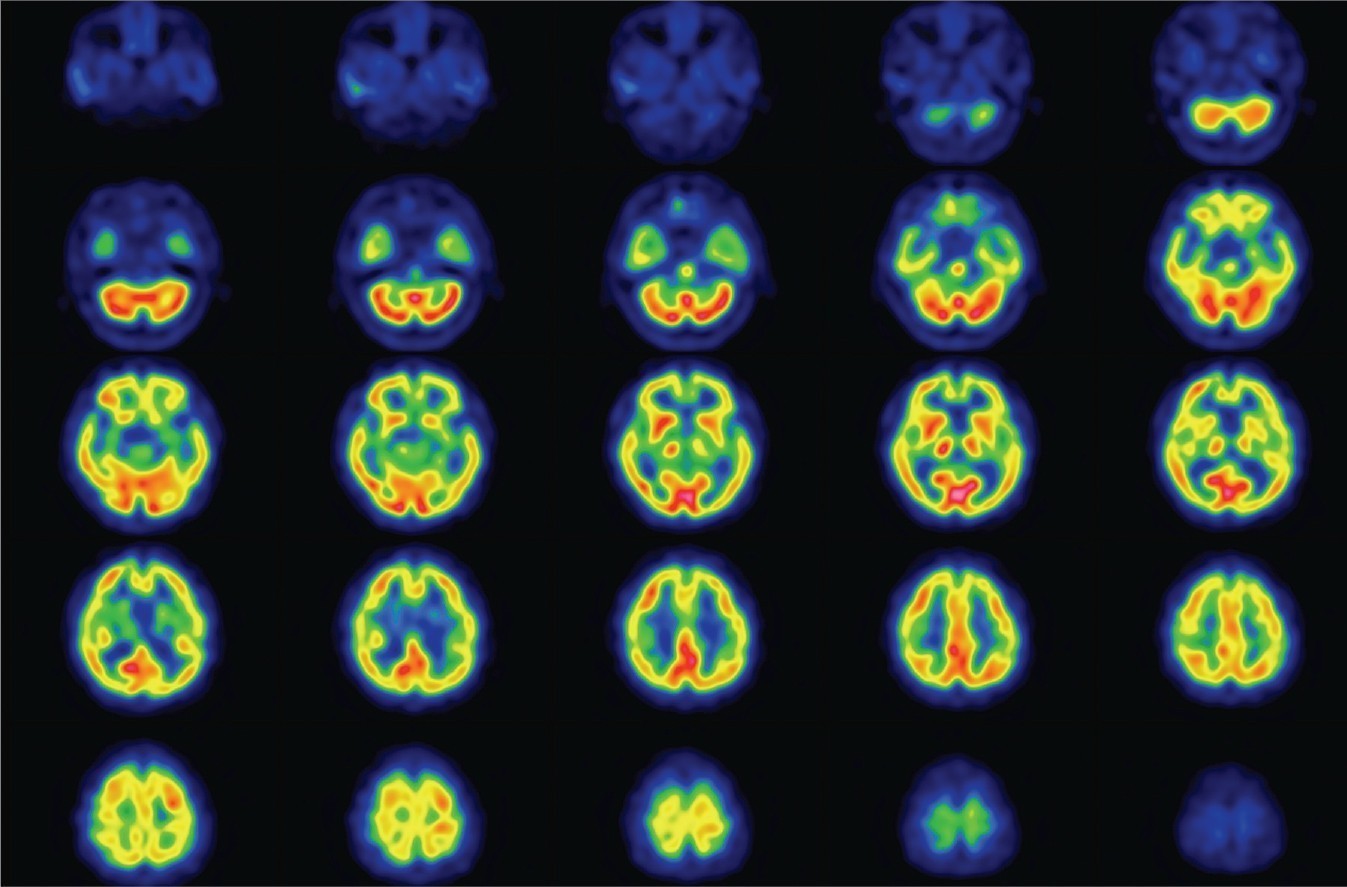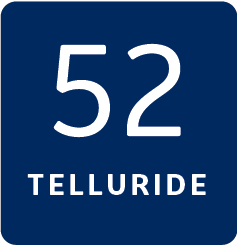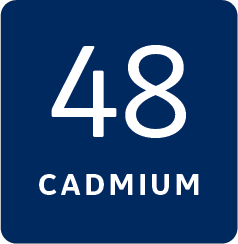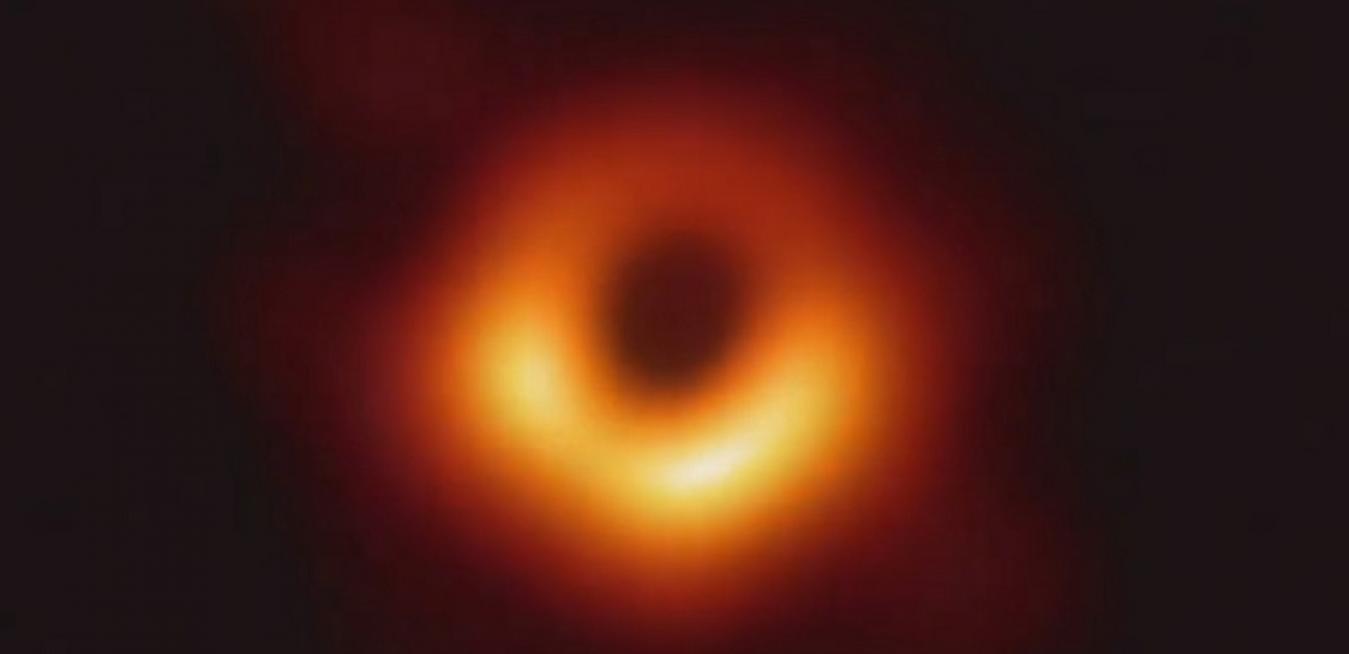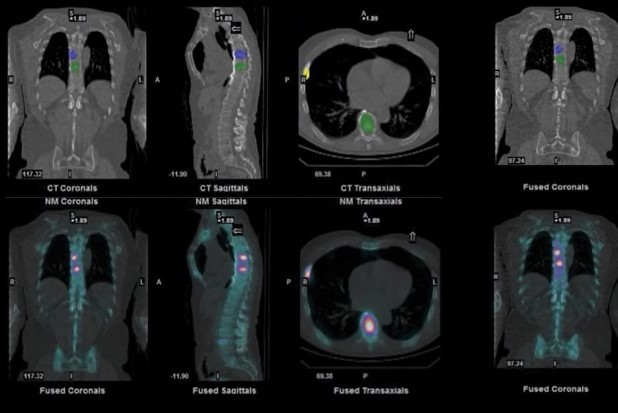Changing the way we see the world
The vast majority of adults alive today have experienced a remarkable and unprecedented transformation in their lifetimes. It’s not a transformation based on conflict or politics, but rather a sweeping change borne in a laboratory and enthusiastically embraced by society: The digital revolution.
And we’re still in the midst of it.
Advancements in digital technologies are now quickly supplanting legacy, analog technologies. Even in those sectors where the digital revolution has already begun – like communications, energy, transportation, science, and medicine, for example – digital breakthroughs are still reshaping their industries. One such breakthrough is the discovery and application of the compound CdZnTe (CZT) in the fields of science and medicine.
What is CZT?
First studied more than 40 years ago, but primarily developed roughly 25 years ago, CZT is a compound semiconductor material whose impact on humankind will certainly have a lasting effect. Initial prototyping of CZT-based semiconductors began in the mid-1990s. The pace of advancements in CZT technology has been steady and impressive ever since. The secret to its many successes lies within its composition.
Technically speaking, CZT is a semiconductor crystalline alloy of cadmium telluride and zinc telluride. The high atomic numbers of cadmium and telluride make the material highly sensitive to gamma-and x-ray radiation. Plus, CZT operates in a direct-conversion—or photoconductive—mode which delivers its ground-breaking sensitivity to gamma-and x-rays at room temperature. That fact is critically important for its many applications. Prior to the advent of CZT technology, all other similarly sensitive materials such as germanium would require complicated and impractical liquid nitrogen cooling.
Because CZT crystals do not occur in nature, they must be grown under highly controlled laboratory conditions in hermetically sealed containers heated to approximately 1100° C to prevent chemical contamination. Once grown to specification, the crystals – known as boules – are then sent off for further processing, depending on the demands of their ultimate application.
CZT is all around us
The ability of CZT semiconductor crystals to achieve highly sensitive and accurate radiation detection at room temperature opens the door to many advanced applications within the fields of science, industry and medicine. For example, CZT is used in:
- Highly efficient solar cells
- Photorefractive gratings used for holographic data storage
- Electro-optic modulators used in laser printing, high-speed data recording and high-speed fiber optic communications
- Terahertz generation and detection
- Particle physics
- Nuclear medicine
CZT in outer space
Another, more lofty application of CZT technology took place in September 2015 when the Indian Space Research Organization (ISRO) launched its Astrosat satellite into orbit. One of the satellite’s primary missions is to study elusive and unpredictable gamma ray bursts.
A gamma ray pulse from deep space as seen by Astrostat.
To accomplish this astrophysics mission, Astrosat was equipped with 64 CZT detectors manufactured by GE Healthcare; enough to view about one-third of the entire universe at any given moment. These GE Healthcare detectors have maintained their high performance and reliability to such a degree that they have been selected again by the ISRO for use on their next deep-space imaging mission.
CZT in medicine
As CZT technology entered the field of medicine, it began a genuine changing of the guard within the discipline of nuclear medicine. The performance of digital CZT detectors has many advantages over the analog scintillator detectors that have dominated the nuclear imaging marketplace since their introduction in the 1950s.
CZT detectors still showed it can out-perform their scintillator cousins in key imaging parameters like energy resolution and contrast-to-noise ratio. And those gains may help physicians, hospitals and advanced medical imaging centers achieve better clinical outcomes.
In 1999, GEHC developed its first CZT-based imaging detector prototype. Almost immediately, it demonstrated the technology’s potential in both energy resolution and spatial resolution as well as in its contrast-to-noise ratio. While significant technology advancements in NaI scintillator detectors have slowed over the years, this is not the case for CZT. The developmental potential of CZT detectors still has a long way to go to reach its theoretical maximums. Even then, CZT detectors still showed it can out-perform their scintillator cousins in key imaging parameters like energy resolution and contrast-to-noise ratio. And those gains may help physicians, hospitals and advanced medical imaging centers achieve better clinical outcomes.
Pioneering the use of CZT in medicine
As with any nascent technology, the advances in CZT only come about by virtue of the men and women who tirelessly research, test and develop the technology. Often, those advancements are incremental. Sometimes those increments are big enough to revolutionize entire industries. In the field of nuclear medicine, a number of pioneering researchers have made exceptional contributions to the well-being of mankind.
Through individual dedication and selfless collaboration, the early pioneers of CZT recognized the potential of its enhanced energy resolution and went on to develop groundbreaking research into radiopharmaceutical dose reduction. Other researchers discovered that CZT technology could also be effective at SDIS imaging due to its energy resolution. And thanks to CZT’s excellent spatial resolution, early research showed that a transition from 2D to 3D whole-body scanning was not only possible, but practical.
CZT's role in theranostics
It provides clinicians with the insights needed to help plan appropriate therapies to treat the condition as well as provide data to help physicians plan surgical steps for treatment. This is a process called theranostics.
CZT detectors are a digital tool that provides much more than the ability to help locate lesions in the body. It provides clinicians with the insights needed to help plan appropriate therapies to treat the condition as well as provide data to help physicians plan surgical steps for treatment. This is a process called theranostics.
CZT detectors are able to provide a 40% higher count rate – with no dead time/detector saturation – than previous analog detectors, an important tool helping doctors to image radiopharmaceutical therapies.
With each passing day, CZT further establishes itself as a transformative vehicle of change. With applications that allow us to peer deep within human tissue, to the exploration of immensely distant black holes, CZT is bringing the promise of the digital age to life.
Keep exploring to learn more about our CZT technology and SPECT/CT.

